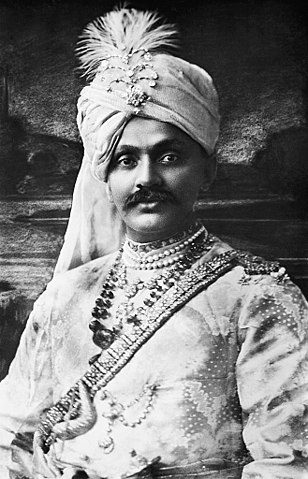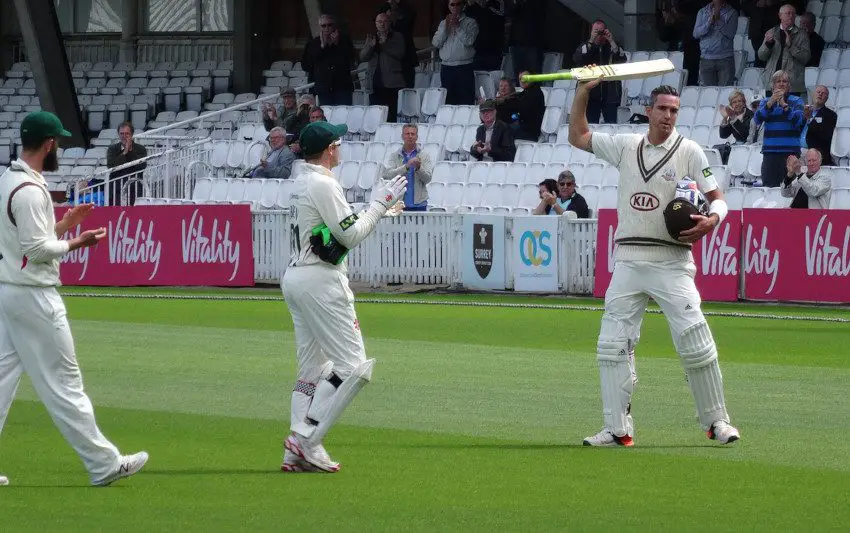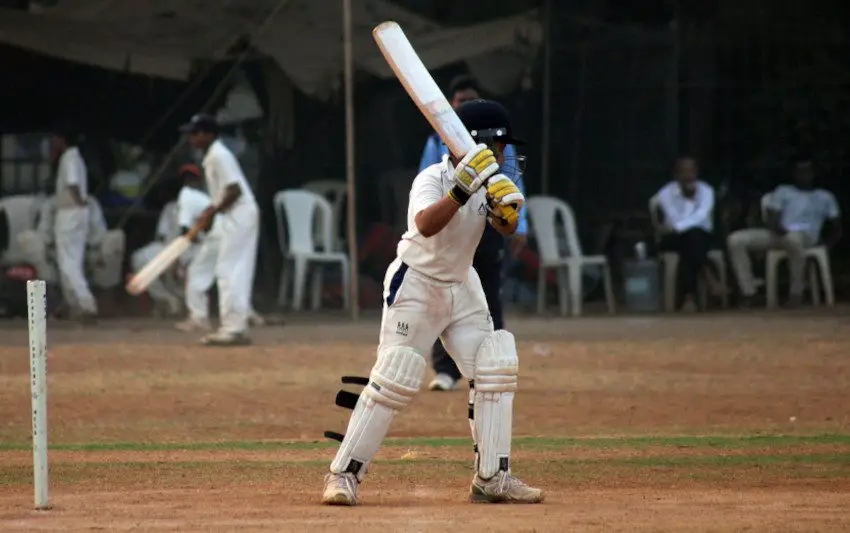Table of Contents
In a round up of first class competitions from around the cricketing world, it’s time to take a look at India’s premier tournament. Here’s all you need to know about the Ranji Trophy.
What is the Ranji Trophy?
The Ranji Trophy is a first class cricket competition that is played in India. It follows the laws of regular red ball cricket and it was first played in the 1934/35 season.
38 state and regional cricket teams take part in the tournament and the champions are crowned at the end of the campaign.
Ranji Trophy History
Cricket had been played in India for many years and the country took part in its first test match in 1932. At that time, however, there was no real first class structure here. There was a clear need to develop the game at first class level in order for the country to compete on the international stage.
The idea of an organised first class competition was therefore proposed by Mr A.S. De Melo who was the founder of the BCCI. There was widespread agreement to those proposals and the Ranji Trophy was officially launched in July 1934.
The first official edition of the Ranji Trophy crossed the 1934/35 season, starting in November and finishing with the final in March.
An official trophy was needed. This was donated by the Maharaja of Patalia, Bhupinder Singh, and it was named in the memory of K.S. Ranjitsinhji.
Ranjitsinhji was a ruler of the state of Nawanagar but, more importantly in terms of this story, he was also the first Indian to play international cricket. ‘Ranji’, who had attended Cambridge University, played in 15 tests for England between 1896 and 1902.

The Ranji Trophy was born and it has been a regular feature of Indian domestic cricket ever since.
The first edition of the competition in 1934/35 was won by Bombay who are, of course, now referred to as Mumbai. 15 teams took part in the inaugural Ranji Trophy and the number of competing sides has increased steadily since that point.
The format of the competition has also changed over the years. In the present day, 32 sides compete in the Ranji Trophy, while the tournament saw some radical changes come in at the start of the 2022/23 edition.
Format
The 2022/23 edition of the Ranji Trophy featured a new format. In an attempt to improve the quality of some of the matches, the BCCI introduced a promotion and relegation system. 32 of the better performing teams were split into four elite groups.
This left the remaining six sides to compete in a weaker plate section.
In the elite groups, each team played each other once in regular first class cricket matches. At the end of this sequence, the top two teams in each section progressed to the quarter finals, where the remaining games were played on a straight knockout basis.
In the plate section, each team also played each other once. The top four teams progressed to the plate group knockouts. Eventually, the two plate group finalists would be promoted to the elite group sections for the following season.
Meanwhile, the two worst-performing elite teams would be relegated to the plate section.
Points System
There is a simple scoring system in the Ranji Trophy. In each game, the winning team receives six points. The side that suffers a defeat receives no points at all.
These are four day, first class matches, so there can be a high proportion of draws. In the event of a drawn game, three points will be awarded to the team that has a first innings lead. The team that scores fewer runs in the first innings will receive one point.
If there is a tie, either at the end of a match or on first innings, each team will receive three points.
There is also a possibility that teams can earn winning bonus points in Ranji Trophy games. If a side wins by ten wickets, they will receive one bonus point. Additionally, any team that wins by an innings will also receive that one bonus point.
Number of Teams
In the current edition of the Ranji Trophy, there are 38 teams taking part from across India.
The last six teams on that list from Arunachal Pradesh through to Sikkim were in the plate section of the Ranji Trophy for the 2022/23 season. The remaining 32 teams were placed in the elite groups.
Who has Won the Most Ranji Trophies?
The most successful team in the history of the Ranji Trophy is Mumbai. Usings results up to and including the end of the 2022/23 season, the team had won no fewer than 41 titles.
That long list of wins for Mumbai includes a streak of 15 Ranji Trophy victories from 1958/59 through to 1972/73.

Final Thoughts
I always like to follow the scores from the Ranji Trophy across the season. There will often be some high scoring games and some exceptional individual performances. It’s also good to try and spot up and coming players that are looking to force their way into India’s test squad.
It will be interesting to see how the changes to the format for 2022/23 will affect the competition moving forward. Watching the Ranji Trophy from a distance, I can often see some very one-sided games between the stronger, more established teams, and the weaker sides.
The changes should make things more competitive in future seasons and the tournament may gain some more followers from outside India.
Whatever happens, the Ranji Trophy will have a bright future and this historic cricket competition will continue to produce exciting matches, while developing the future test talent for the Indian national side.


